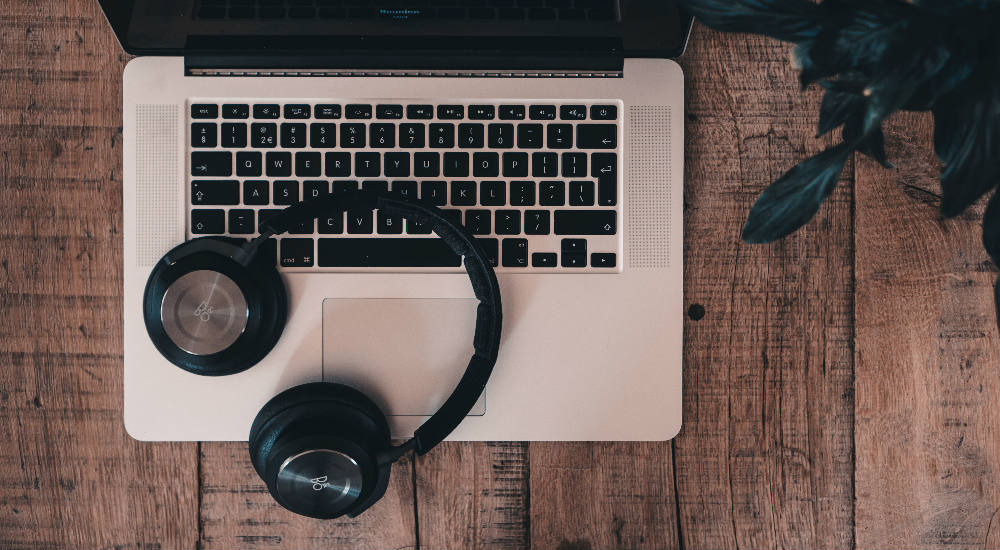MONITOR HEADPHONES
Standard headphones from department stores will often have an inaccurate frequency response, but market it like it’s a good thing, e.g. ‘OMG HUGE BASS!’ If you’re making music, you don’t want this. You want your sound to be as accurate as possible because you want to use them to monitor your mix. Basically, for making music, you want monitor headphones.
CLOSED BACK
This refers to the ear cups being closed over your ear. This style of headphones blocks out a fair bit of environmental noise, and also blocks your music’s noise from being heard by others. Closed back sets get tricky when mixing, because everything can be heard so very clearly. That’s not necessarily a problem in itself, but you might and when listening out loud that some of your parts aren’t punching through like they were in the headphones, or some of the percussion is getting lost. A good tip, that can seem counterintuitive, is to turn your headphone volume down a bit when mixing.
OPEN BACK
This means the ear cups are not sealed over by a solid cover. Think of a spoked bicycle wheel covered with foam and a speaker in the middle – that’d look pretty close to a huge open back ear cup. The idea of this style of headphones is to provide a more natural soundstage, more akin to listening to music through speakers. They don’t really block any environmental noise, so people can still talk to you and they’ll be able to hear the music coming from your headphones too. If you’re recording into a microphone these are a no-no – bleed from the backing track in your headphones will end up on the recording. But the general consensus is that open back sets are preferable when mixing. Listening fatigue is also lessened by the airy open back. They tend to be lighter, and can get incredibly expensive for high-end mastering gear.
SEMI-OPEN BACK
As you might expect, these aren’t fully open or closed. You still probably wouldn’t want to use them somewhere busy where the noise will irritate others, but if you make intricate music, you might _ nd that a degree of environmental noise blocking while in your home studio is ideal.
HEADPHONE IMPEDANCE (OHMS)
Without getting technical about it, the higher the impedance rating of your headphones, the hotter the signal it will take. If you plugged consumer grade earbuds (20 ohm-ish) into a DJ mixer and cranked the volume, it would likely blow out the speakers in the ear buds. But on a higher rated pair of headphones (say 80 ohm), you’d likely come out unscathed. Flip the script and plug the high-rated into a phone and you might struggle to get to a decent volume.
Eighty ohm is a pretty safe all-rounder resistance for most gear. Some headphones, like Beyerdynamic gear, come in varying resistances so you can choose the most suitable for your application.
Next up: Match your headphones with the knowledge necessary to master the art of listening.
Image via Jelle van Leest.

